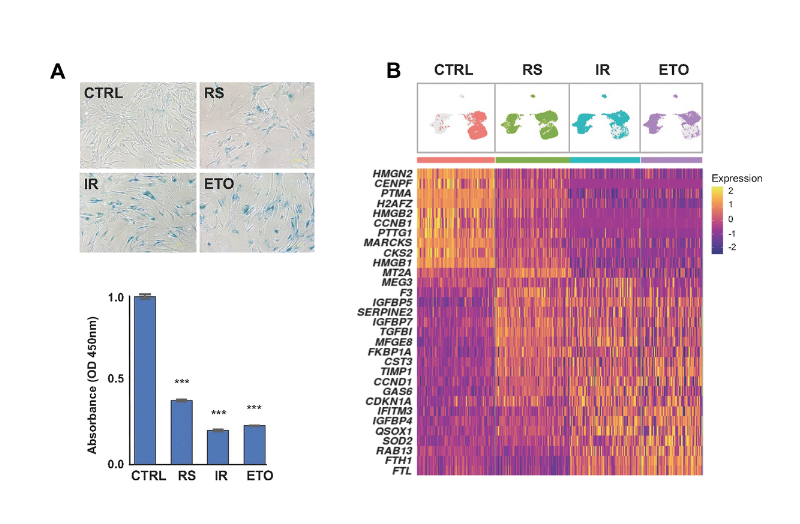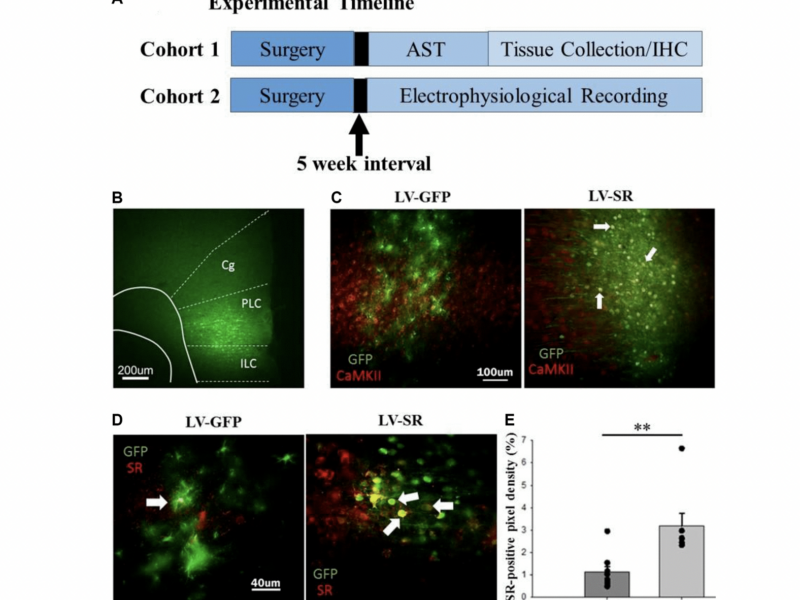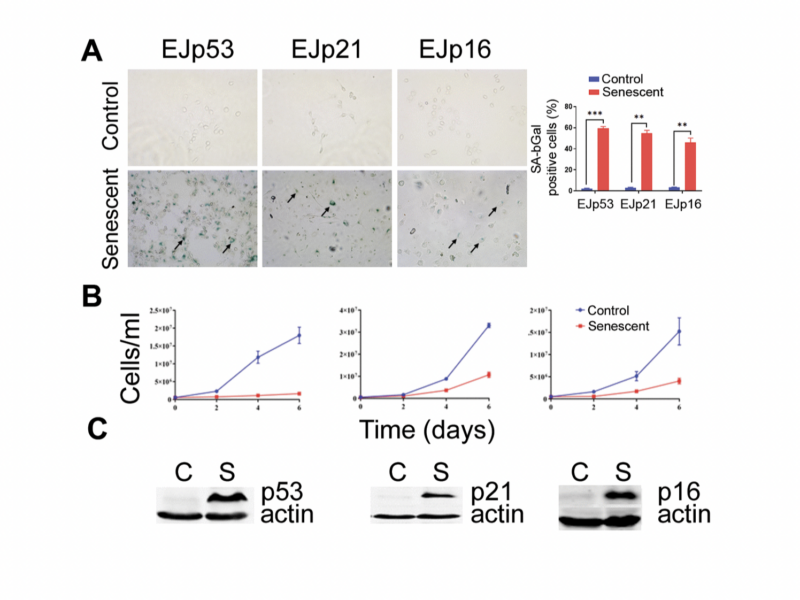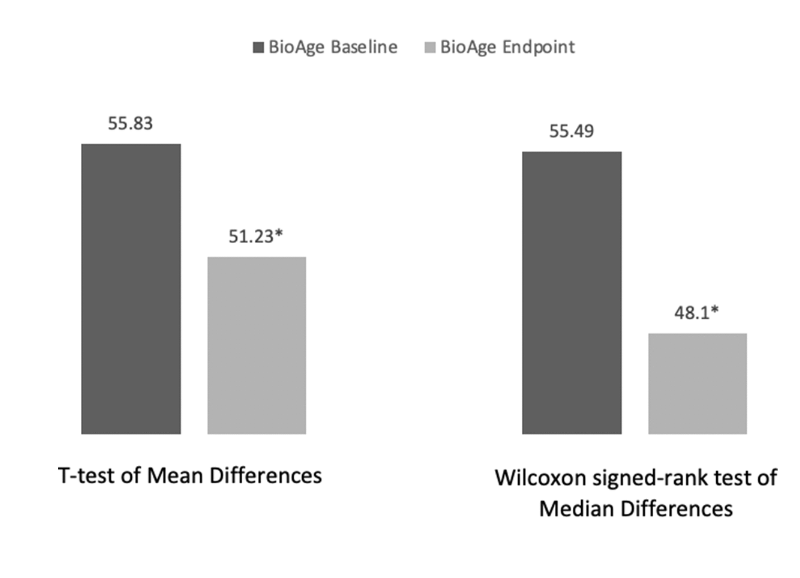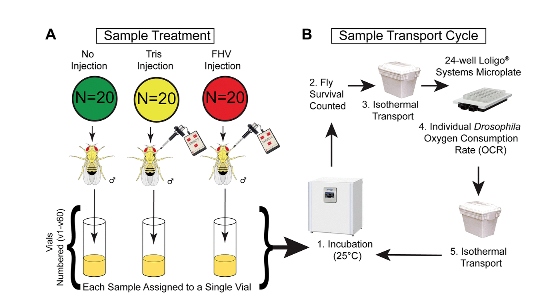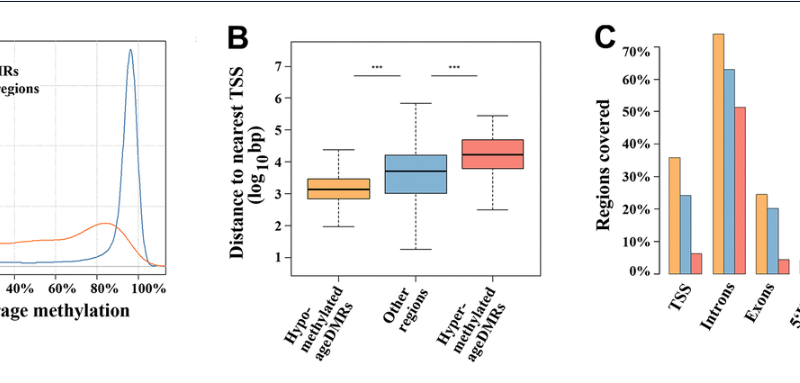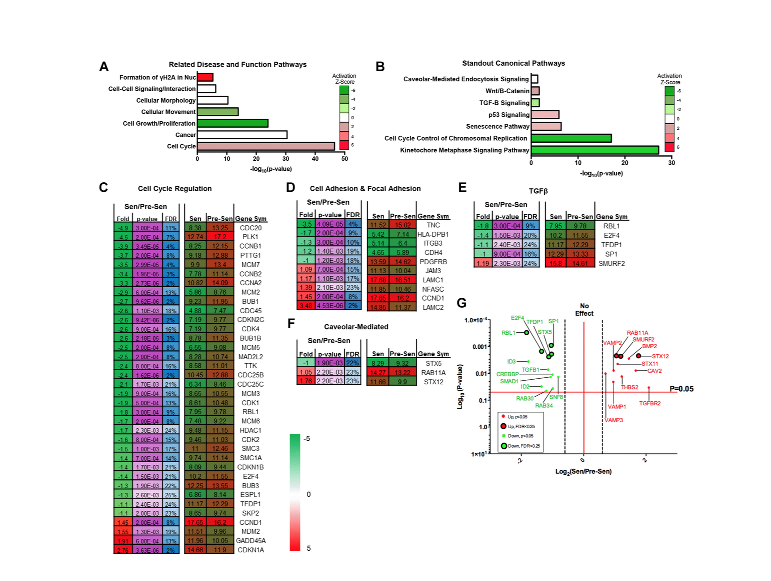Aging (Aging-US) Authors
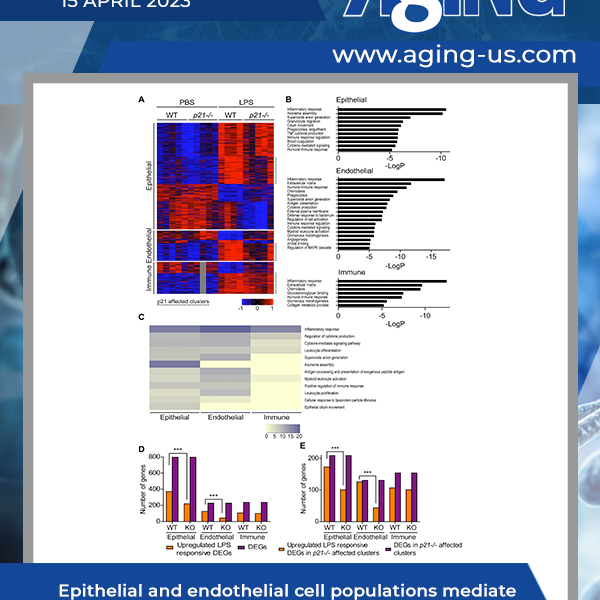
Cellular senescence is a stable state of cell cycle arrest that regulates tissue integrity and protects the organism from tumorigenesis. However, the accumulation of senescent cells during aging contributes to age-related pathologies…
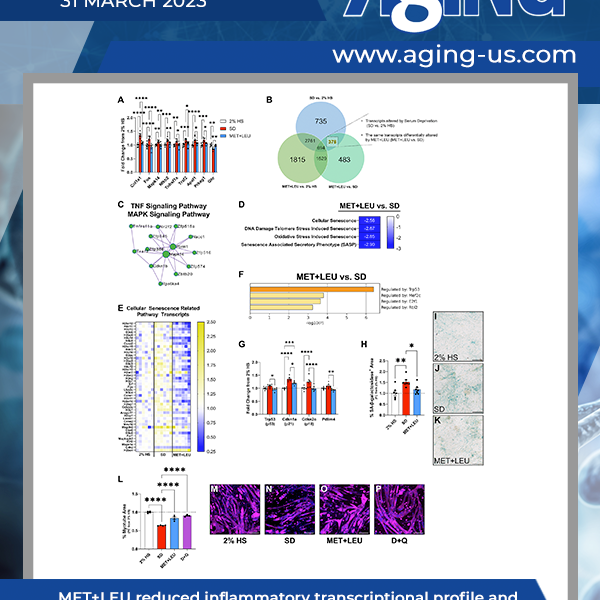
Cellular senescence and disrupted proteostasis induced by myotube atrophy are prevented with low-dose metformin and leucine cocktail
Aging coincides with the accumulation of senescent cells within skeletal muscle that produce inflammatory products, known as the senescence-associated secretory phenotype, but the relationship of senescent cells to muscle atrophy is unclear…
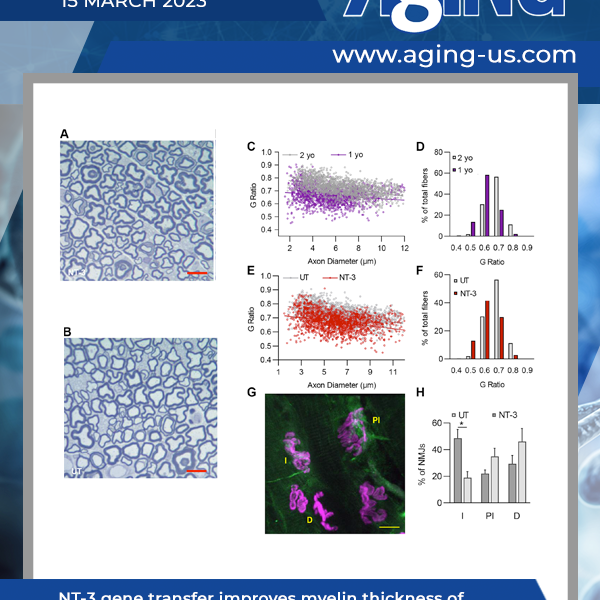
Sarcopenia is progressive loss of muscle mass and strength, occurring during normal aging with significant consequences on the quality of life for elderly. Neurotrophin 3 (NT-3) is an important autocrine factor supporting Schwann cell survival and differentiation and stimulating axon regeneration and myelination…
